You’ve heard of Cannabis sativa and Cannabis indica, but there’s another variety of cannabis you may not be familiar with. Get to know Cannabis ruderalis and find out why it’s a valued member of the marijuana family.
In this article, the all-things-cannabis experts at Honest Marijuana tell you everything you need to know about this oft-forgotten species and why many breeders still swear by it.
Facts About Cannabis Ruderalis
1) There’s A Reason It’s Named Cannabis Ruderalis
If Cannabis ruderalis (C. ruderalis, or just ruderalis for short) were an animal, we’d call it feral — as in, living in a wild state.
For plants, however, feral doesn’t apply. Instead, botanists use the term ruderal.
Ruderal refers to a plant growing on waste ground, among refuse, and in extreme environments found in colder, more elevated climates.
Essentially, ruderal describes a weed that grows where it’s not wanted and in competition with cultivated plants. So it’s not the slang sense you’re used to, but the actual scientific definition of a pesky, unwanted plant.
Cannabis ruderalis commonly grows near roadsides, on agricultural land that is fallow, or on other land that humans have disturbed and then left alone.
2) Grew Originally In Russia And Adjacent Areas
Cannabis ruderalis predates pretty much all of the countries you’d recognize on a map — meaning it was there before man put name to place.
Scientists agree, though, that ruderalis was common in what is now Asia, Central and Eastern Europe, and specifically Russia.
In fact, ruderalis probably originated in Russia and then spread east, west, and south into countries such as:
- Mongolia
- China
- Pakistan
- Afghanistan
- Kyrgyzstan
- Uzbekistan
- Kazakhstan
- Ukraine
- Slovakia
- Romania
- And others
In many of these areas, ruderalis continues to grow as a weed in competition with more domesticated cultivars such as corn, wheat, and oats.
Cannabis ruderalis isn’t very common in the Western Hemisphere because, as we’ll discuss, it’s only got one or two specific uses.
For that and other reasons, humans didn’t go to the trouble of planting ruderalis here in the states.
3) Related To Indicas And Sativas
Botanists include ruderalis as a third type of marijuana along with its relatives Cannabis sativa and Cannabis indica.
That said, scientists aren’t really sure if ruderalis is a sibling or a cousin of the more common — and more widely used — varieties. In fact, they’re not even sure whether it qualifies as a species in its own right or if it’s a descendant of one of the other two.
Genetically, Cannabis ruderalis falls somewhere between the indica and sativa strains, but its effects are quite different.
Indica strains produce a lethargic and lazy body high rather than a head high. Because of that, indica’s benefits mostly deal with relief of conditions such as:
- Anxiety
- Stress
- Body pain
- Migraines
- Spasms
- Seizures
- Depression
- Nausea
Sativa strains, on the other hand, produce an energetic head high that makes users feel more alert, creative, happy, and serene. Sativa strains are also notorious for their ability to make you hungry.
As you’ll see later on in this article, Cannabis ruderalis does none of that.
4) The Smallest Of The Cannabis Plants
Cannabis ruderalis is the smallest of the cannabis plants.
While sativa strains grow up to 20 feet tall and indica strains grow up to six feet tall, ruderalis grows between one and two-and-a-half feet tall.
Botanists attribute this small height to the fact that ruderalis needs to thrive in harsh and varied conditions, such as areas with poor soil, no shade, and exposure to winds and pests.
A small, sturdy plant is much better suited to this type of environment than a tall plant.
Because of its small stature, ruderalis is often referred to as dwarf cannabis or bonsai cannabis. Ruderalis produces only a few branches that contain wide, fat-bladed leaves.
Ironically, the stereotypical pot leaf that has become a symbol of cannabis culture most nearly resembles the Cannabis ruderalis leaf. It’s ironic because ruderalis doesn’t get you high like sativa and indica.
5) Doesn’t Depend On Light Exposure To Flower
One of the most unique and valuable traits of the Cannabis ruderalis plant is that it doesn’t depend on light exposure to flower.
Of course, ruderalis needs light to grow — as all plants do — but this strain doesn’t depend on the ratio of light to dark hours (the photoperiod) to switch from vegetative growth to flowering growth.
Instead, the switch depends on age (i.e., number of days). Scientists call this trait autoflowering.
What that means for the average grower — or the person who stumbles upon ruderalis in the wild — is that autoflowering strains don’t require varying the amount of light the plant gets the way you do with photoperiodic strains.
Just to clarify, photoperiod-dependent strains (or photoperiodic for short) are your classic indica, sativa, and hybrid strains with names even the newest of noobs is probably familiar with (like Blue Dream, Sour Diesel, and Thin Mint Girl Scout Cookies).
These strains respond to changes in light (i.e., the length of exposure) to “know” when to produce flowers.
To better explain, think about the summer and fall seasons. During the longest days of summer, an outdoor plant might get 15 hours or more of sunlight. After the summer solstice, the number of hours of daylight decreases.
This is usually the “cue” for plants to begin flowering. It’s the basic growing cycle that farmers have been dealing with for 11,000 years and that you probably learned about in kindergarten (only without the big words like photoperiod-dependent).
The autoflowering ruderalis strain will grow for a certain number of days and then flower regardless of the amount of light it gets (as long as it gets enough to thrive, of course).
6) Grows Fast
Cannabis ruderalis grows very fast.
The typical lifecycle of a ruderalis plant — from seed to flower — is as low as 10 weeks (though 12 to 14 weeks is more typical).
Compare that to the much longer grow times of indica and sativa — anywhere from four to six months — and you can see why breeders value this little plant.
7) Contains Very Low THC Levels
The question on most people’s minds when it comes to Cannabis ruderalis is, “How much THC does this baby have?”
Unfortunately, the answer is very little. How much is very little? It helps to compare ruderalis to hemp.
To qualify as hemp — which is basically just a foodstuff and an industrial product — the plant needs to contain less than 0.3% of the cannabinoid THC.
Cannabis ruderalis, on the other hand, typically exhibits less than 3% THC. That small amount is not enough to produce anything akin to a body or head high like indica and sativa (which can get as high as 28 or 29%)
8) Contains Some CBD
Cannabis ruderalis does contain a bit of CBD, so you can use it to experience some wonderful medicinal benefits.
The beneficial effects of CBD are legion, and more are being discovered every day. Here are some things CBD can do:
- Promote bone growth
- Inhibit growth in cancer cells
- Kill or slow bacterial growth
- Reduce risk of artery blockage
- Treat psoriasis
- Prevent degeneration of nervous system
- Reduce blood sugar levels
- Aid sleep
- Reduce seizures and convulsions
- Suppress muscle spasms
- Relieve anxiety
- Lessen the severity of psychosis
- Reduce nausea and vomiting
- Stimulate appetite
- Reduce inflammation
- Decrease pain
For many patients, achieving these benefits without the psychoactive effects normally associated with marijuana would be like the holy grail of medical treatment.
That’s one of the reasons Cannabis ruderalis is still used by many breeders: because mixing its genes with indicas and sativas is an easy way to increase CBD count without also increasing THC count.
9) Cannabis Ruderalis Is Not The Same As Hemp
Earlier in the article, we touched on one of the main differences between Cannabis ruderalis and hemp — THC levels. But there are many more differences between Cannabis ruderalis and hemp.
Hemp is a relative of the sativa and indica plants that get you high, but growers have bred it in such a way that it’s extremely low in THC (0.3%). That’s so low you won’t feel a trace of psychedelia no matter how much you take — that’s why it’s been grown legally for decades.
Similarly, hemp contains very low levels of CBD (0.5 to 2.0%) and other cannabinoids, such as CBG and CBN.
So why grow it? Because it’s great as a foodstuff and an industrial product.
Check any health food shop, “big box” grocery store, or corner bodega and you’ll likely find hemp seeds in there somewhere.
Hemp seeds are high in polyunsaturated fats (omega-3 and omega-6), vitamin E, potassium, magnesium, and vitamins B1 and B2. This makes them a healthy addition to any balanced diet. We love sprinkling them in soups, salads, and smoothies for a delicious and nutritious kick.
But the benefits of hemp don’t stop with the seeds. Manufacturers use hemp in everything from shampoo to plastics to paint to rope and clothing. It’s a very versatile plant!
Cannabis ruderalis, on the other hand, is not a nutritionally dense plant, nor can it be used as an industrial product like hemp.
Cannabis ruderalis is really only good for its genetics and its growing properties.
10) Doesn’t Need Your Help
One of the nice things about Cannabis ruderalis is that it doesn’t need a lot of help from humans.
As we touched on at the beginning of this article, it’s basically a weed (in the botanical sense) that’s going to grow despite your best efforts to the contrary.
It’s very much like a dandelion in that regard.
Have you ever had to feed and water and care for the dandelions in your front yard? Heck no! Those suckers just grow wherever they want. In fact, they’ll grow despite what you, mother nature, and even Chemlawn throw at them.
Cannabis ruderalis exhibits many of those same characteristics.
In fact, that’s one of the things breeders love about the plant — it exhibits a more laissez-faire attitude than some other, more needy and hands-on, strains of cannabis.
Cannabis ruderalis is hearty, resistant to disease, grows in a variety of climates, and isn’t overly picky about the soil in which it lives.
Sure, it’s got very low cannabinoid content, but its growing properties are extremely desirable.
Will Cannabis Ruderalis Get You High?
Unless you’re an absolute newb and you’ve spent your entire life avoiding stimulants and psychoactives of every kind (including coffee, tea, pop, and high fructose corn sugar), Cannabis ruderalis will not get you high.
If you’re the unicorn mentioned above — first of all, kudos! — and your first time partaking of the wacky weed is Cannabis ruderalis, you might feel something. Lucky you!
After that, though, you’ll probably need one of the more common sativas, indicas, or hybrids (Chem Dog, Fruity Pebbles, or Cherry OG) for the psychedelia or medical relief you’re after.
That said, we recommend taking things slow. Don’t jump from “never done it before” directly into the deep end.
Increase the THC content slowly so you’re familiar with the feelings and know how your body will handle the high.
To help you in this regard, here’s an incremental guide to help you answer the question, “Will <insert cannabis product here> get me high?”
- If your cannabis product contains one percent THC or less, you won’t feel a thing (because, most likely, this is hemp).
- If your cannabis product contains one percent to five percent THC, and depending on your pot experience, you might start to feel something (Cannabis ruderalis falls in this category).
- If your cannabis product contains five percent to 10 percent THC, you’ll probably hear a shape or two.
- If your cannabis product contains 10 percent to 15 percent THC, you’ll be well on your way to Psychedelic City (we own property there so look us up when you arrive).
- If your cannabis product contains anything above 15 percent THC, kiss reality goodbye.
- If your cannabis product is (made from) a CBD-dominant strain used for medicinal purposes, you will not get high.
So, again, will Cannabis ruderalis get you high?
It will not. You might feel some medicinal effects (as in relief from anxiety or a decrease in pain if you have either) thanks to the CBD, but the very low THC content won’t be enough to give you the high that you’ve heard all your canna-pals talking about.
Talk to the budtenders at your local dispensary and they can recommend a product with just the right amount of THC to keep you from getting too high.
Is Cannabis Ruderalis Legal?
In order to be completely, 100% legal, Cannabis ruderalis would have to exhibit the same traits as hemp.
Specifically, that means that, in the United States, it would have to contain less than 0.3% THC (0.2%-0.3% THC in Europe). As we discussed, Cannabis ruderalis typically contains 3% THC, which puts it well above the legal threshold.
But, again, is Cannabis ruderalis legal? The answer is a bit confusing.
Cannabis Ruderalis Is Not Legal At The Federal Level
At the beginning of 2021, all cannabis is illegal according to the federal government.
Currently, the Controlled Substances Act (CSA) of 1970 classifies cannabis as a Schedule I drug along with Heroin, Ecstasy, PCP, LSD, Psilocybin, Mescaline, and Peyote.
Schedule I classification means that those substances have no defined medicinal purpose, have a lack of accepted safety under medical supervision, and have the highest potential for abuse.
So, even though Cannabis ruderalis is about as harmless as you can get without becoming hemp, the federal government still lumps it in with much stronger drugs.
Silly, we know, but it doesn’t mean you’re S.O.L.
Cannabis Ruderalis Is Legal In Many States
As of this writing, all 50 states have addressed the use of cannabis and cannabis-derived products (including Cannabis ruderalis). Here’s how it breaks down state by state.
Legal Recreational And Medical Use
- Washington
- Oregon
- California
- Nevada
- Arizona
- Montana
- Colorado
- South Dakota
- Illinois
- Michigan
- Alaska
- Maine
- Vermont
- Massachusetts
- New Jersey
Legal Medical Use
- Utah
- New Mexico
- North Dakota
- Minnesota
- Oklahoma
- Missouri
- Arkansas
- Louisiana
- Mississippi
- Florida
- Ohio
- West Virginia
- Virginia
- Pennsylvania
- New York
- Maryland
- Delaware
- Connecticut
- Rhode Island
- New Hampshire
- Hawaii
CBD Only
- Idaho
- Wyoming
- Texas
- Nebraska
- Kansas
- Iowa
- Wisconsin
- Indiana
- Kentucky
- Tennessee
- Alabama
- Georgia
- South Carolina
- North Carolina
The “Legal Recreational And Medical Use” classification is the most inclusive and means that pretty much anything goes — including Cannabis ruderalis.
The “Legal Medical Use” classification sets limits on cannabinoid content and who can obtain marijuana for medicinal use. Cannabis ruderalis is probably legal in these states, but be sure to check local legislation first before firing up a fatty in public.
The “CBD Only” classification sets even stricter limits on cannabinoid content and outlaws high-THC strains completely.
Because Cannabis ruderalis has a very low THC content, it might be legal in these states, but you’d have to check the numbers. If the limit is below 3% THC, you’re golden and can partake of the Cannabis ruderalis with impunity.
Cannabis Ruderalis Hybrids Are Perfect For Monster Cropping
You’ll notice we didn’t say Cannabis ruderalis is perfect for monster cropping. It’s not.
First and foremost, it’s autoflowering. Second, it doesn’t grow very tall and monster cropping works best on medium-height plants.
Cannabis ruderalis hybrids — ruderalis mixed with an indica or sativa strain — however, are a different story entirely.
If your hybrid fits the following characteristics, give monster cropping a try:
- Grows quickly and vigorously in the vegetative stage
- Grows quickly and vigorously in the early part of the flowering stage
- Grows lots of stems and bud sites
- Grows to medium height
- Is not of the autoflowering variety
Monster cropping is easy to do, doesn’t require a lot of plants to start, saves you money, and results in more flowers.
An abundance of flowers, then, gives you more opportunities to toke with friends, to experiment with making your own cannabis products (e.g., hash, Thai sticks, cannabis coffee, cavi cones, and so much more), and to perfect your growing process so you can produce the best buds for recreational or medicinal use.
Despite those benefits, monster cropping with Cannabis ruderalis hybrids is not without its drawbacks.
You’ll definitely need more space — one for the parent plant and one for the new plant(s) — and the ability to regulate conditions such as humidity, airflow, temperature, and light in each.
You’ll also add two to three weeks to the grow cycle so that the plants can revegetate. If you’re in a terrible rush, you may want to buy your weed at a dispensary while the plants grow, or skip monster cropping altogether until you’ve got more time to spare.
It’s also worth noting that not every cutting (clone) will grow. No one knows why and it’s one of the great mysteries of the universe (right up there with a unified field theory). It’s just something you have to accept if you venture down the monster-cropping road.
For more information on monster cropping and how it affects your grow operation, check out this article from the Honest Marijuana blog: Monster Cropping Cannabis: Everything You Need To Know.
Cannabis Ruderalis For Breeding
When it comes to cannabinoid content, Cannabis ruderalis is close to the bottom of the barrel.
C. ruderalis is very low in THC — so it won’t get you high — and, though it does have some CBD, you won’t feel the same quality of medicinal effects because the concentration is lower than high-CBD indicas and sativas.
Similarly, Cannabis ruderalis has very little value as a foodstuff or an industrial product. Unlike hemp, ruderalis isn’t high in vitamins and minerals.
And manufacturers can’t use it to produce chemical or textile products like shampoo, lotion, soap, plastic, paint, rope, or clothing.
The true value of Cannabis ruderalis lies in its abilities to autoflower and to grow quickly.
For years, breeders have crossed common cannabis strains with C. ruderalis to improve growing time and flowering without decreasing cannabinoid content.
So, while Cannabis ruderalis is pretty much just a weed, the fact that it will grow nearly anywhere — and do so quickly and without a lot of human interference — makes it a valuable member of the cannabis family.

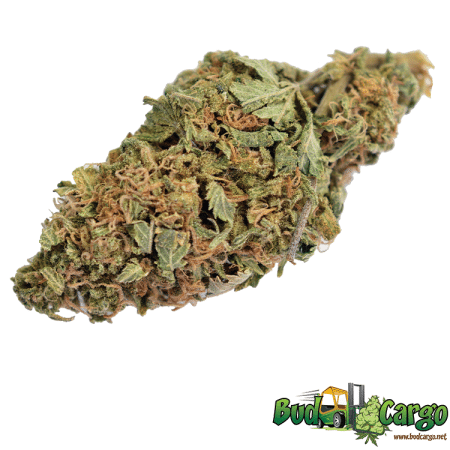
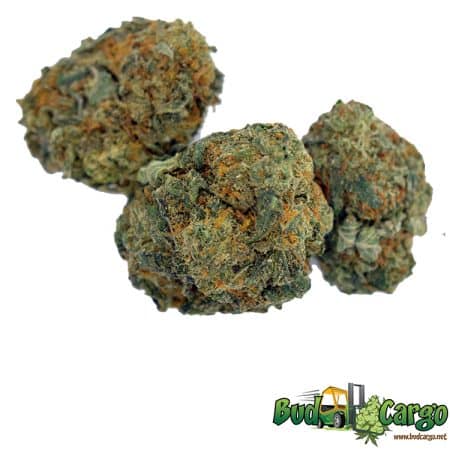
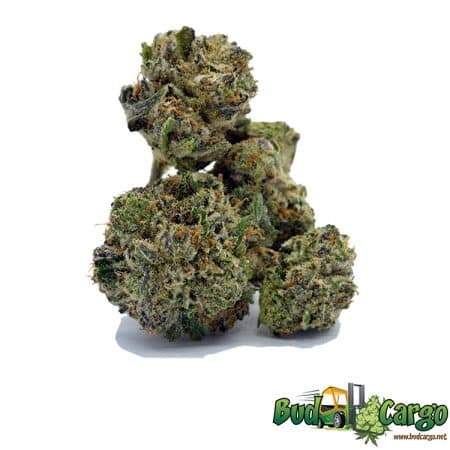
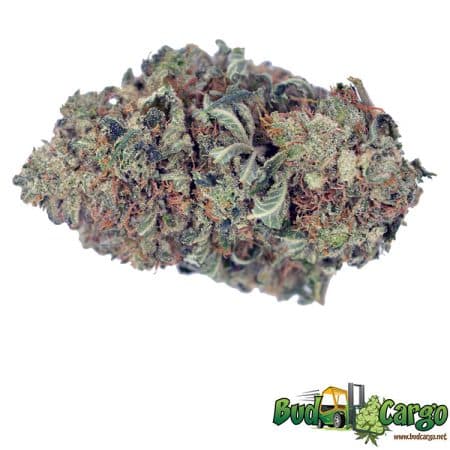
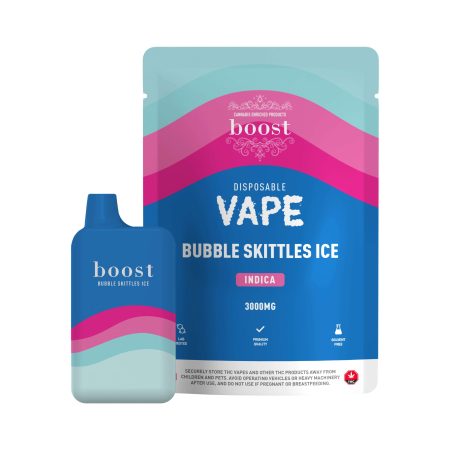
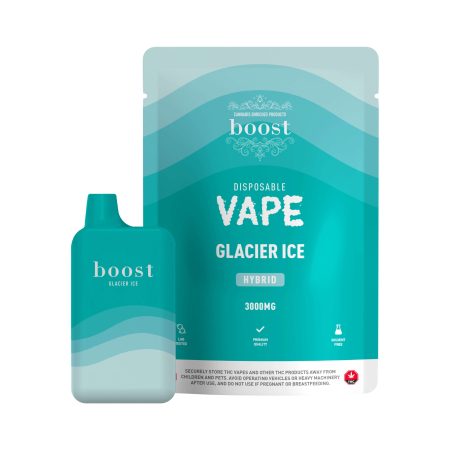
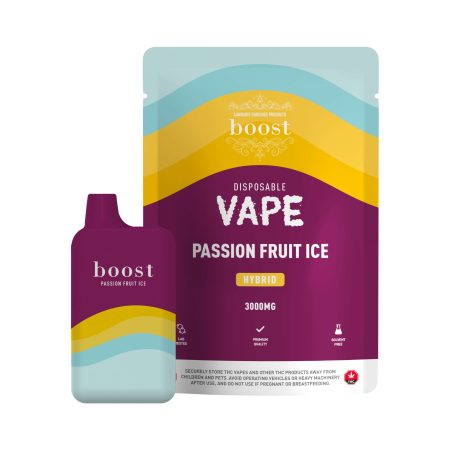
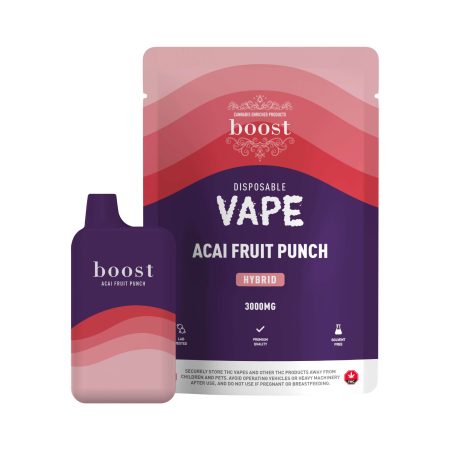
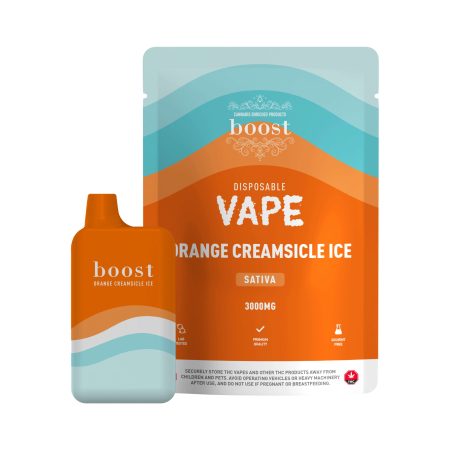
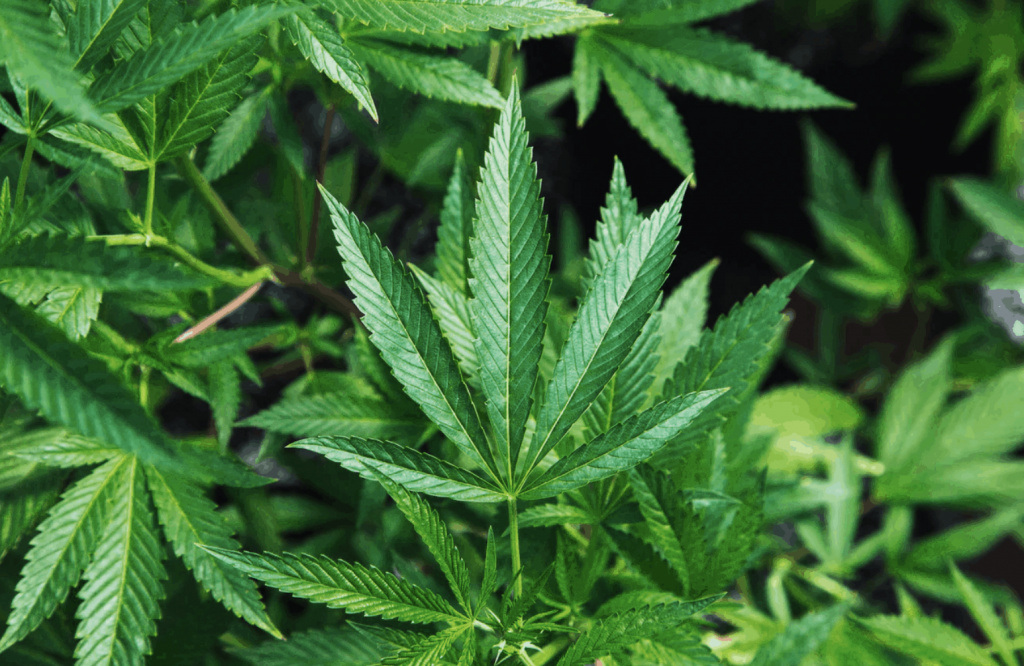







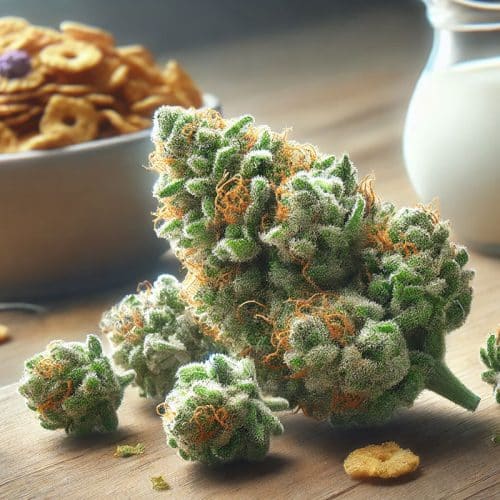
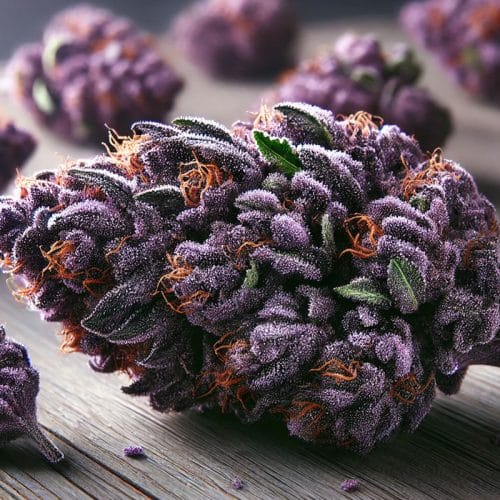
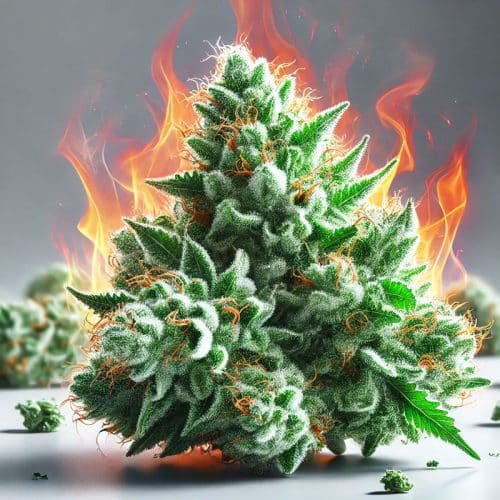


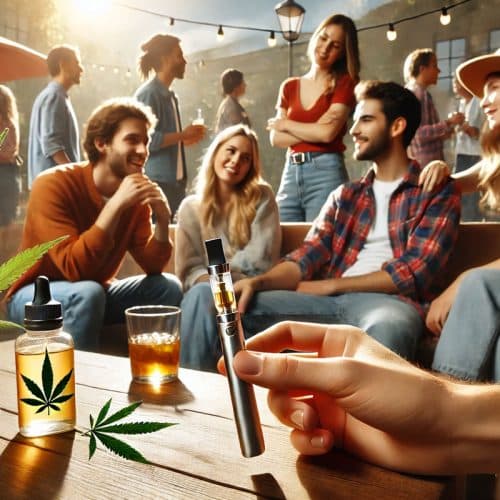




You must be logged in to post a comment.